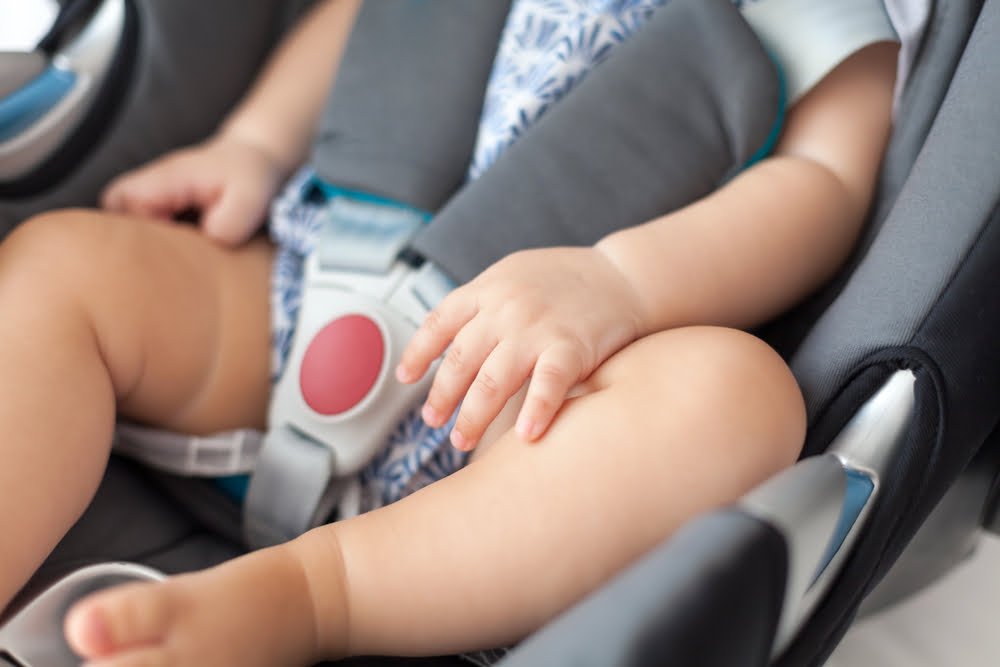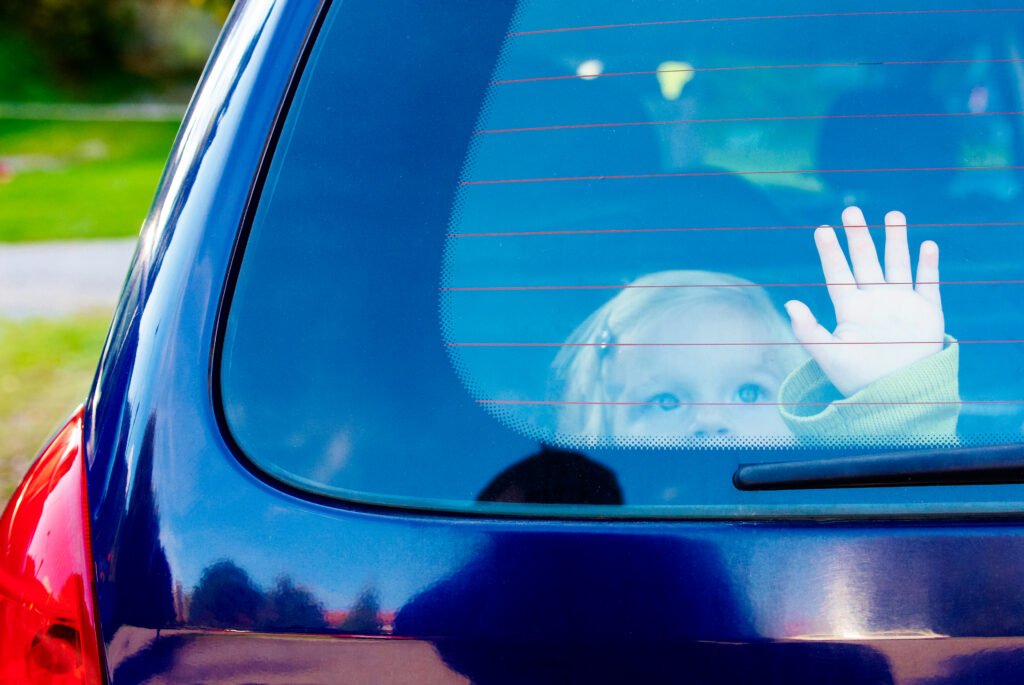Keeping Our Children Safe – How DMS Is Preventing Hot Car Deaths
In the chaos of everyday life, parents and caregivers, despite their best intentions, can sometimes miss small, but crucial details. One such devastating oversight is when a child is unintentionally left in a car, particularly on a hot day. These tragic incidents are known as hot car deaths. To truly understand the severity of hot car deaths, it is important to understand the dangers involved, how quickly a car can heat up, the effect of high temperatures on children, common scenarios leading to these tragedies, and some statistics that highlight the urgency of the issue.
According to noheatstroke.org, there were 33 reported hot car deaths in 2022 in the US alone. On average, 38 children die each year from heat stroke after being left in a vehicle. According to Kids and Car Safety, approximately 43% of children who were unknowingly left were supposed to have been dropped off at child care.
What are some of the dangers of being left in a vehicle?
- How quickly a car can heat up – Even on a relatively mild day, the temperature inside a car can soar to dangerous levels within minutes. In fact, within the first 10 minutes, the temperature inside a car can rise by approximately 20°F (11°C). This is due to the greenhouse effect, where the car’s windows let in sunlight and trap heat.
- Effect of high temperatures on children – Children, especially infants and toddlers, are more vulnerable to heat stroke than adults because their bodies heat up 3-5 times faster. When a child’s internal temperature reaches around 104°F (40°C), their organs begin to fail, which can quickly lead to death if not treated immediately.
- Scenarios of children left in cars – Sometimes, a change in routine, such as a different parent doing the school drop-off, can result in forgetfulness. In other cases, a sleeping child may not be noticed in the backseat. Additionally, children sometimes enter parked cars while playing, and are unable to get out.

How does DMS work to ensure the safety of children in vehicles?
Driver Monitoring Systems (DMS) play a crucial role in the prevention of hot car deaths. DMS is a technology integrated into vehicles to monitor various aspects of driver behavior and the cabin environment. With the implementation of sensors and cameras, DMS has the ability to detect the presence of a child in the backseat. When the system recognizes that a child is left unattended after the driver exits the vehicle, it can trigger alerts such as sending notifications to the driver’s mobile phone, sounding the car’s horn, or flashing lights. This technology is invaluable in providing an additional layer of safety.
Here’s how DMS contributes to child safety:
- Occupancy Detection: DMS often incorporates sensors that can detect if there’s a passenger in the backseat, including children. These sensors can be based on weight, or motion.
- Cabin Monitoring Cameras: Some systems have cameras inside the vehicle that can identify if a child is left in a car seat. These cameras can use image recognition algorithms to distinguish between objects and a child.
- Driver Behavior Analysis: DMS can monitor the driver’s actions, such as whether they have looked in the backseat before exiting the vehicle. This can be useful for ensuring that the driver is aware of a child in the backseat.
- Alerts and Notifications: When the system detects that a child is left in the car, especially after the engine is turned off, it can send alerts to the driver. These alerts may be in the form of visual or audible signals within the car, or notifications on the driver’s smartphone.
- Emergency Services Notification: In advanced systems, if the driver does not respond to the alerts within a certain time frame, the DMS may have the capability to contact emergency services and provide the vehicle’s location.
By employing these features, DMS serves as an extra set of eyes and a safety net that helps to prevent the tragic incidents of children being left behind in cars.
How government and NPOs are taking action
Government agencies and non-profit organizations have undertaken various efforts to address this issue. The National Highway Traffic Safety Administration (NHTSA) provides tips for keeping children safe, such as always checking the back seat of the car before locking the doors, keeping the car locked to prevent children from getting into unattended vehicles, and never leaving a child alone in a parked car. The NHTSA also advises that if you see a child alone in a vehicle, you should ensure that the child is okay and responsive. If not, you should call emergency services immediately.
On the non-profit side, KidsAndCars.org is dedicated to reducing vehicle-related risks to children and pets. The organization collects data on incidents, conducts research and analysis, provides public education and awareness programs, advocates for policy change and product redesign, and supports affected families.
Despite these efforts, hot car deaths remain a significant problem, and continued action is needed to raise awareness about the issue, promote safe practices, and advocate for policy and product changes that can help prevent these tragic incidents.

Driver Monitoring Systems play a crucial role in preventing hot car deaths. As technology continues to evolve, incorporating DMS into vehicles represents an innovative and practical approach to tackling an issue that has claimed too many innocent lives. From sensing if a child is in the backseat to sending alerts to your phone, DMS is all about keeping our little ones safe.
Hot car incidents are continuing to happen, occurring on average once every 9 days. But with DMS, we have a real shot at making these tragedies a thing of the past.
To learn more about how Jungo’s driver monitoring solution can help prevent hot car deaths, contact us today for more information. We are all about saving lives!

